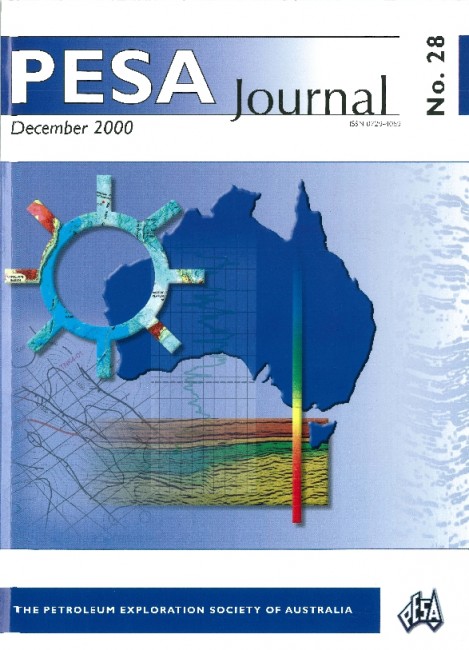Publication Name: PESA Journal No. 28
Authors: M. Al-Chalabi
Publication Volume: 28
Date Published: December 2000
Number of Pages: 8
Reference Type: Journal Article
Abstract:
Acquired seismic data contain the velocity distribution (inits broad context) which essentially represents the
subsurface picture. In constructing the subsurface picture
from this data, there are three separate issues for the
geoscientist: focusing, lateral positioning and depthing.
Pre-stack depth migration (PreSDM) addresses the first
two issues. Optimum PreSDM results require the use of a
provelocity field, a modelling 'velocity' parameter. Due to
numerous factors that affect the data right from the
acquisition stage until the final processing is produced,
the provelocity field is generally very different from the
true velocity in the ground. The relationship between the
two fields is unsystematic. For this reason, PreSDM does
not provide the correct depth of events and could contain
serious structural distortions. Once optimum focusing and
lateral positioning had been obtained through PreSDM,
the provelocity field should be neutralised by using it to
'stretch' the PreSDM data vertically back to time.
Optimum depthing can then be achieved by applying the
best estimate of the true vertical velocity field to the time
data. In this way, all three issues would be optimally dealt
with, thus providing an optimum estimate of the
subsurface picture.


